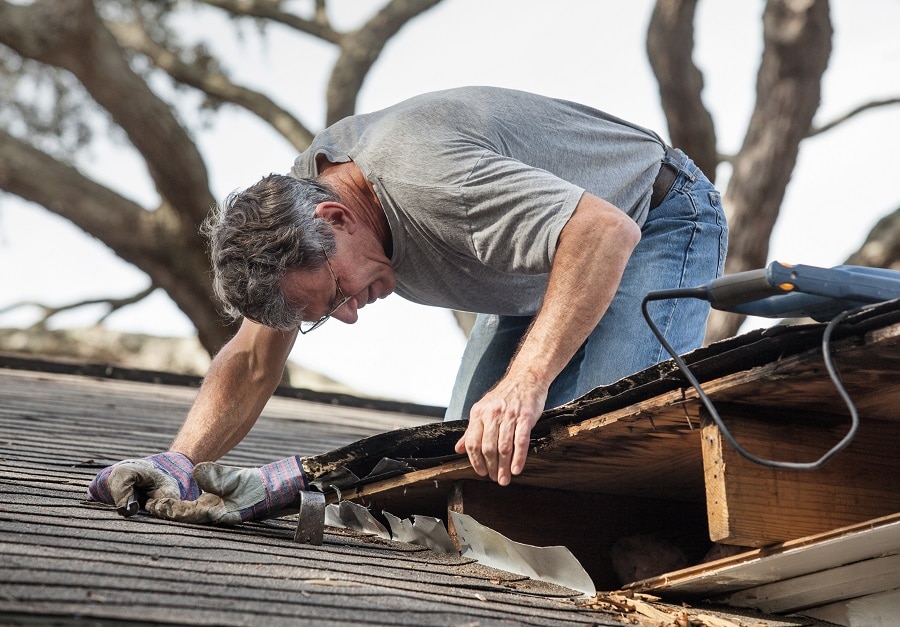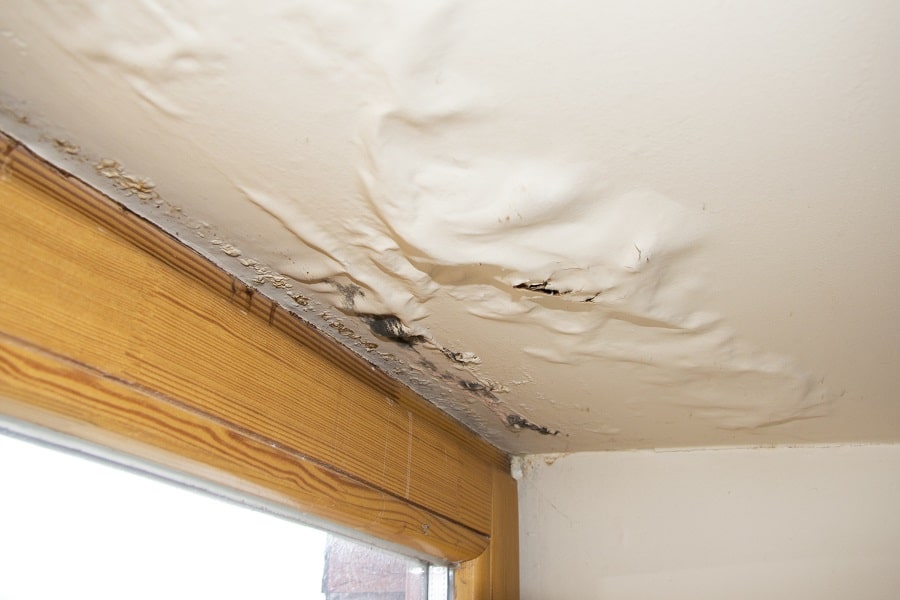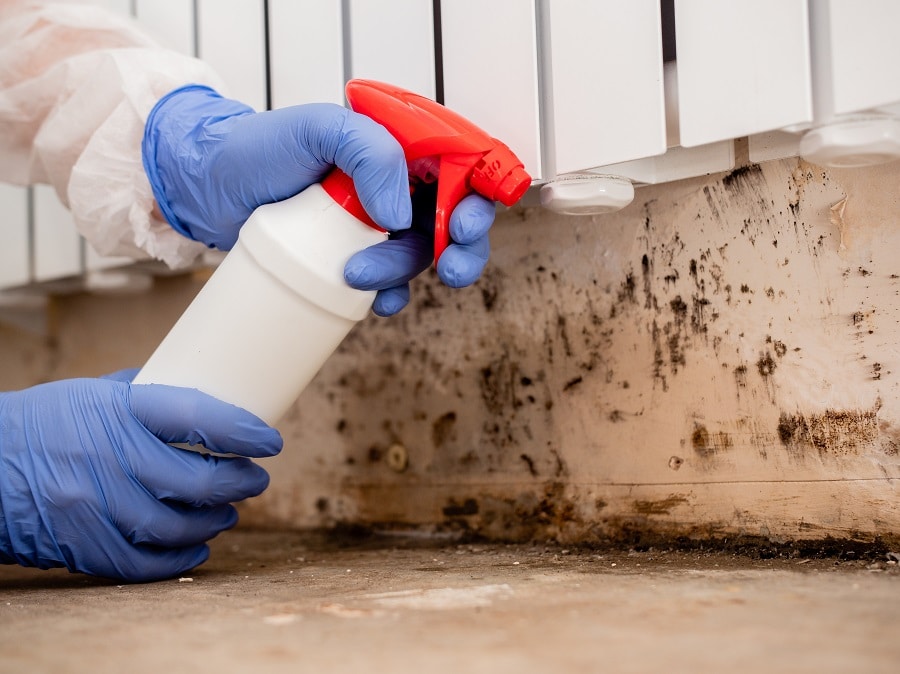When we consider any building, regardless of its age, any timber decay within the building is often caused by rot. Wood rot can show up in two prevalent forms: dry rot and wet rot, both resulting from fungal decay suffered by building timbers.
What is Wet Rot?
Wet rot is a parasite that can be found in wet timber. It warps the timber, making it swell and causing the fibres to separate, this can lead to loss of strength, and eventually, crumbling in the timber structure. Wet rot can speed up the decay process, making timber lose its structural integrity and eventually collapse. Constant exposure to sources of moisture is usually responsible for the formation of wet rot. This can be from faulty plumbing or penetrating damp from the building’s ‘wet’ side. Wet Rot is a fungus and will spread to neighbouring timbers, which in turn suffer damage.
Our Guarantee
- upto 30 year guarantee
- customer focused team
- 20 years combined experience
- portfolio of satified customers
- attention to detail
- Construction line accreditation
- public liability insurance
- CHAS accreditation
What is the Difference Between Dry Rot and Wet Rot?
Dry rot causes more and faster damage to structural timber as it spreads and consumes structural wood within a property. Wet rot, on the other hand, is far more common even though the effects are less severe: damage is restricted to the waterlogged areas on the timber. It is possible to differentiate between dry and wet rot by associating the extent of damage as well as the colour of the timber with the development of either type of rot.
What causes Wet Rot?
Certain environmental conditions influence the emergence of wet rot spores. Moist timber is the main cause of Wet Rot. Moisture is a major factor in the progress of wet rot formation. Consequently, the timber begins to display obvious signs of decay.
The Dangers of Wet Rot in Seaford
Wet rot is a serious issue to deal with. It can destroy your property and reduce its value. When you notice wet rot, make sure to treat it quickly, if not there is a high likelihood of it spreading and infecting your house. Recent surveys of 2,038 London homeowners asked whether they experienced wet rot, where the rot had taken hold and whether they were able to stop it recurring in the future.
The shocking results revealed that more than 20% had experienced wet rot in their homes. Wet rot destroys timber flooring and can make the building structurally unsafe. Besides the costly repair work required to get rid of wet rot, it can also reduce your property’s value, and many insurance firms do not provide coverage for houses where there is moisture ingress and damp build-up.

What are the Warning Signs of Wet Rot?
The signs of wet rot or the conditions that allow the fungus to gain a foothold in the timber depend on the type of moisture it comes in contact with. Some obvious signs include peeling wallpaper, a musty smell, malfunctioning cookers and central heating boiler. Common areas where wet rot occurs include beneath the kitchen sink, along external walls, attics and roof spaces. Wet rot will normally affect older structures which have been constructed with timber frames and not modern species like Meranti and Sapele. Timber below ground level and as high as the one-floor level are also vulnerable to wet rot. Identifying it when it appears is the first step towards getting rid of wet or dry rot. If you believe your home has a wet rot infestation, a damp survey is necessary.
Call Our Sussex Damp Experts team now for quote, consultation and advice:
Call on 01273 257 765.
How and When Should I Look for Wood Rot?
Searching your home for any signs of wood rot or damp should be done annually, just like spring cleaning. The period just before winter; during your weatherproofing activities, is a good time for it. You will need a decent flashlight and a screwdriver, preferably one with a long handle.
Looking out for discolouration or swelling below and around the windows is necessary for buildings with wood siding. Paint can often disguise wood rot, so poke the siding with the screwdriver to make sure that the wood is solid. If the wood has a spongy feeling and the surface gives in when you touch it, then you have wood rot. Examine the attic for discoloured wood with a powerful flashlight. Use the screwdriver test when you reach any part that fits the bill. There are some prime spots you should examine for the growth of wood rot in the attic including the edges where the eaves are formed by slanting rafters, the roof decking base, and the joints where wood logs intersect at the top of the roof.
Using a flashlight to spot discolouration around the perimeter wood plate on the concrete wall, check wood members in the basement or crawl space (sill plate). Use the screwdriver test, wherever necessary, on any discoloured regions. Examine the walls and floors to detect discolouration under the sink or water leaks around baths, tubs, and the water heater.
How do we identify wet rot?
Unfortunately, detecting wet rot is not an exact science, wet rot can affect timber in several distinct ways. If a knife pushed into painted timber goes in right up to its handle, that’s a certain indication of rot. Our damp-proofing experts are trained to identify the following:
- Localised fungal growth on timber
- The soft, spongy feel of timber; the affected area appears darker than the surrounding timber.
- The soft and spongy texture of rotting timber; the affected region often looks darker than the other parts.
- That spongy, soft feel timber gets when affected by wet rot; the affected parts are darker than the other areas.
- The spongy, soft texture of rotten timber; the infested area is darker than the other parts.
- The springy feeling that is an indicator of wet rot; the affected area is often darker than others around it.
- Crumbling of affected dry timber into particles.
- Dry timber crumbling into particles.
- The crumbling of infested timber into dry particles.
- Dried-out timber disintegrating into particles.
- The disintegration of rot-eaten timber into particles.
- Shrinking timber
- Bleaching wood in window and door frames
- Flaky or damaged paint
- A musty, damp smell
What to Do After You Detect Wet Rot?
You need to engage the help of a damp expert when you notice wet rot. The source of moisture must be identified and blocked to avoid similar cases in the future. If you need to know more about wet rot treatment, Sussex Damp Experts is ready to help! Call 01273 257 765 today to get started.
Wet Rot and Damp Proofing in Seaford

We can provide help with damp proofing and wet rot treatment in Seaford. When you call us immediately you notice signs of damp or wet rot, we can fix the problem by putting a stop to the progression of the infestation; helping you avoid pricey repairs down the road and minimising health risks. Our expert damp proofers will take the cause of the problem into account and proffer possible solutions to resolve it permanently.
Timber damp proofing differs from cosmetic treatment; it is the deliberate act of protecting the timber from the effects of rot and decay. Protection for timber is possible in two ways.
Surface treatments are not reliable; they always fail and end up intensifying the issue. The only way out is to encapsulate the entire surface with a membrane, replace or treat the timber. If you need further information on wet rot treatment from one of our experts, call 01273 257 765 today.
Wet Rot Treatment Specialists in Seaford
With over ten years of experience in the field, we are one of the leading wet rot specialists in Seaford, offering free surveys and no obligation quotations to householders, landlords and commercial property owners. Our wet rot and damp proofing experts will visit you, identify the signs of water ingress or wet rot, and then recommend the best course of action. Our team of experts can diagnose and treat all types of wet rot in properties using advanced methods.
Wet Rot Treatment in Seaford
Wet rot can be found predominantly in areas that are constantly exposed to moisture. Nevertheless, during wet rot treatment we don’t just fix the damage alone, we address the issue from the source. We investigate how moisture comes in contact with the timber and eliminate all future threats that could lead to a similar situation. Wet rot treatment should be left to experts who can provide a comprehensive solution. Delaying the treatment will only drive up the cost of eventual repairs. The best thing to do when you notice signs of wet rot or damp is to call experts such as Sussex Damp Experts for help.

We have the necessary know-how to treat wet rot. At Sussex Damp Experts, we quickly determine the source of the dampness and which areas have been most affected. Delaying could be fatal, call 01273 257 765 today or fill the contact form to save your timber!
Our Wet Rot Treatment Process in Seaford
The more you delay starting treatment, the worse the situation becomes. If you notice the presence of fungal rot at the early stages, treatment can be narrowed down to a small area. Severe cases where the rot has advanced across the breadth of timber could mean you will need major repair work or replacements for the timber beams. Treating wet rot involves a series of steps. The treatment of any fungus-related issue involving timber should start by protecting it from damp. We identify the source of moisture ingress including condensation and broken guttering, and we apply corrective measures to cut them off. Builders and contractors who lack expertise often resort to replacing the affected wood. Chemical Preservatives are then applied to the area in question after replacement. This approach is sure to fail. If you are having problems with wet rot in your building, contact Sussex Damp Experts today. We can help you eliminate the problem.
What happens to Wet Rot if left untreated?
Leaving wet rot to grow unchecked will lead to the weakening of the structural timber which could affect the safety of the residents. When rot sets in, the timber becomes spongy and soft, and caves in when you prod it with a sharp edge such as a knife or screwdriver. The ultimate result is a loss of structural integrity and even possibly your building being condemned. Call Sussex Damp Experts on 01273 257 765 and speak with one of our Experts in Wet Rot Treatment today!
What is the cost of Wet Rot Treatment in Seaford?
The effects of rot are devastating for any property. The cost of damp proofing and remedial works varies depending on the type and severity of the problem, but you shouldn’t let that put you off. With our team of professionals available to help, you will quickly realise that wet rot treatment in Seaford can be affordable. We are here to help you make the right decision for your home and families wellbeing.
How to prevent wet rot?
To prevent decay, the wood must be kept dry and free of moisture. Wood hardeners for use on timber at risk of being affected by wet rot are also an effective measure. The wood gains strength after the hardener soaks into it. Areas of a building that are most vulnerable to damp include window boxes and sills, and timbers that haven’t passed through damp proofing treatment such as fungicide and sealant applications but still touch stonework.
Talk to Our Wet Rot Treatment Experts Today!
Sussex Damp Experts can provide more information on wet rot treatment, call our experts on 01273 257 765 today to get started.
FAQ
Is wet rot smelly?
Is Wet Rot Capable of Spreading?
Can Wet Rot Cause Health Problems?
Is there a DIY treatment solution?




